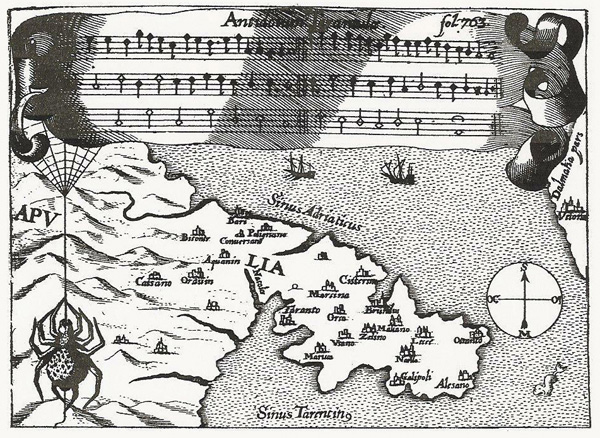TARANTISM REVISITED. ECSTATIC AND MIMETIC PRACTICES IN ART AND ANTHROPLOGY
Joachim Koester and Michaela Schäuble
29 October 2015
Talk and screening as part of the exhibition "I See, So I See So. Messages from Harry Smith"
Also called "dancing mania" and "St. Vitus’ Dance" by medieval physicians, Southern Italian tarantism is an ecstatic dance and was originally part of a ritualised exorcism. The Italian anthropologist of religion Ernesto de Martino (1908-1965) studied the phenomenon in Italy during the 1950s and 1960s, in the context of which a number of unique visual and acoustic documents were produced (including the photo series by Franco Pinna on show in the exhibition) that concern both authentic as well as reconstructed material. In his 16mm film "Tarantism" (2007) Joachim Koester staged the dance with reference to the historical documents - completely without music - as a mimetic form of self-representation and self-empowerment. Together with the media anthropologist Michaela Schäuble he discusses the staging aspects, the body techniques and the "spectacle of the crisis" of tarantism and its currency at the threshold between art and anthropology.
Joachim Koester is an artist, based in Copenhagen and New York and has participated in numerous international exhibitions and biennials. In his work he examines the obscure, the irrational and the unconscious and suppressed of modernity. Michaela Schäuble is Assistant Professor for Social Anthropology with research focus on Media Anthropology at University Bern, Switzerland.
Images
Athanasius Kircher: Magnes, sive de arte magnetica opus tripartitum, Coloniae Agrippinae, 1643
Antidotum Tarantulae (extract)
